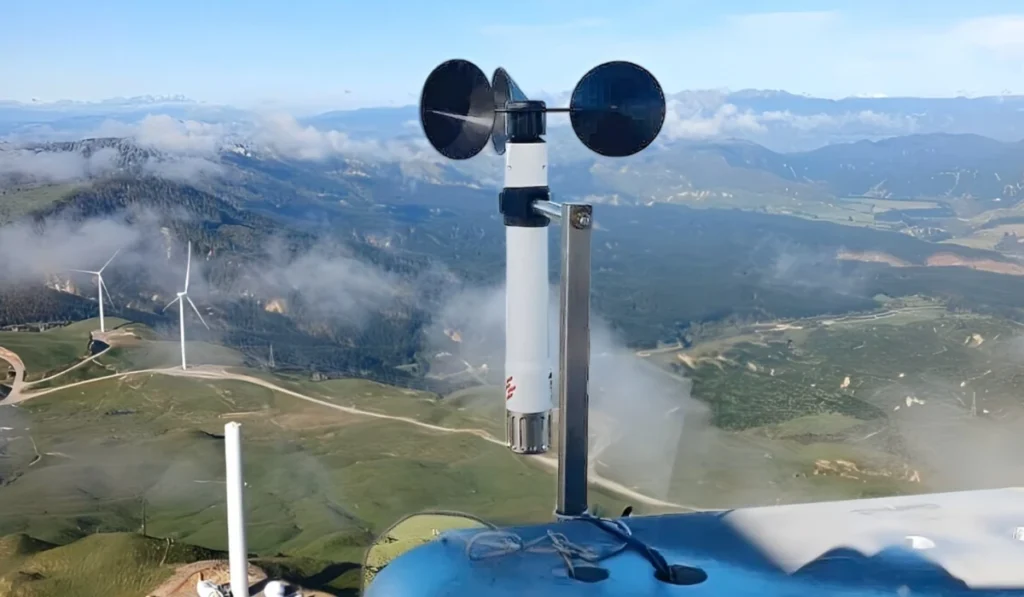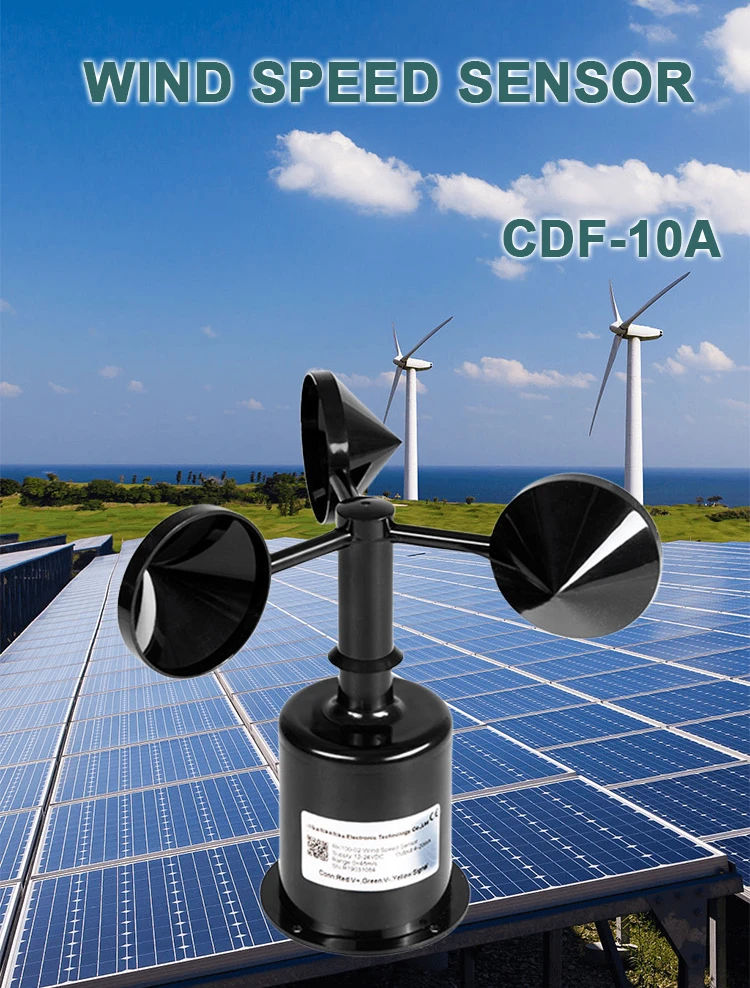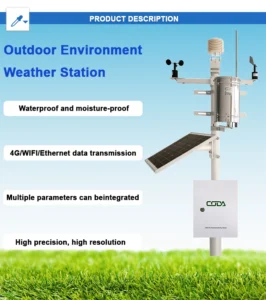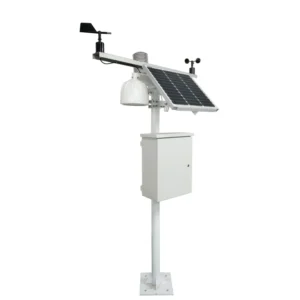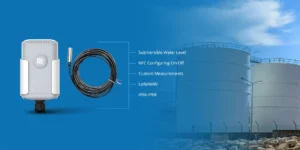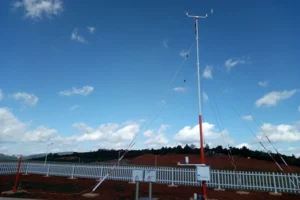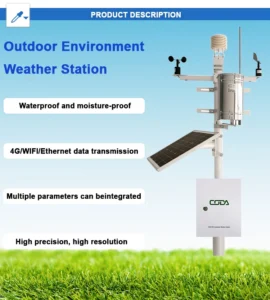How Wind Speed Measurement Supports Aviation and Air Traffic Control
Measuring wind speed is important for keeping aviation safe and efficient. It plays a key role in flight operations and air traffic management. Reliable wind speed data helps pilots make smart choices about flight routes, fuel use, and approach strategies.
For air traffic controllers, this data is very important. It helps them manage airspace and make traffic flow better. We will look at how measuring wind speed keeps aviation safe and running well.
The Effect of Wind Speed on Flight Phases
Wind speed affects all parts of a flight: takeoff, flying, and landing. The strength and direction of the wind can greatly affect how well an aircraft performs. During takeoff, pilots check for headwinds or tailwinds.
This helps them know how long the runway needs to be and what speed is required for takeoff. Headwinds make it easier for the aircraft to take off. Tailwinds need longer runways and faster speeds to generate the same lift.
Wind speed in the air affects how fast an aircraft moves on the ground. This also impacts travel time and fuel use. Ground speed is found by adding the aircraft’s airspeed to the wind conditions.
Pilots often change their flight paths to use tailwinds. This helps them move quickly and stay away from strong winds.
These changes help save fuel, cut costs, and make travel faster. Wind conditions affect how aircraft handle and stay stable. Pilots need to make quick changes to stay on course.
As the flight nears landing, wind speed is crucial for a safe touchdown. Crosswinds can be very tricky. They can lead to drift. This makes it hard for pilots to keep the plane aligned with the runway.
Accuracy in this phase is very important. Using accurate wind data helps pilots find the best angles for safe flying in changing conditions. Measuring wind speed is important in all parts of aviation. It helps make sure flights perform well and are safe.
The Role of Wind Speed Data in Air Traffic Control
Wind speed measurement is very important for air traffic control (ATC). It helps manage airspace and keeps traffic moving smoothly. ATC staff use detailed wind data to plan efficient flight paths.
They keep planes far apart and help cut down delays. Using real-time wind data helps controllers manage airspace better. This helps keep flights safe and on time.
Wind conditions affect how planes are spaced during takeoff, landing, and flying in the air. Controllers use wind data to change departure schedules.
They change the flight paths of planes to steer clear of bad weather. They look for safer routes. These changes reduce fuel use, cut delays, and make passenger safety better by smoothing operations.
Busy airspace benefits a lot from good wind monitoring systems. Accurate wind data helps controllers manage runway use. It helps them avoid delays while in holding patterns.
They can change landing sequences if the conditions change. It helps change runway layouts, improve airport operations in bad weather, and keep service levels steady for passengers.
Wind speed measurement gives ATC important tools. These tools help make performance better, keep people safe, and lessen harm to the environment. Using reliable wind data can make travel more efficient and improve satisfaction in the aviation industry.
Wind Speed Measurement Tools and Technologies
Different tools are used to measure wind speed for aviation purposes. There are many types of anemometers. They range from traditional models to modern remote sensing systems.
Each type has its own strengths for different needs. These systems work together to collect and use wind data. This data is important for aviation safety and efficiency.
Summary
Measuring wind speed is important in aviation and air traffic control. It directly affects flight operations, safety, and efficiency. Reliable wind data helps pilots make good decisions.
It helps them change flight paths. This ensures safe landings in different wind conditions. For air traffic controllers, accurate wind information is very important. It helps them manage traffic flow, use airspace better, and improve system performance.
The aviation sector can improve safety. It can lower fuel use and improve the experience for passengers. This can be done by using advanced systems to measure wind speed.
New advancements in wind speed measurement technology will help aviation and air traffic control. This will help the industry grow and be more sustainable.
